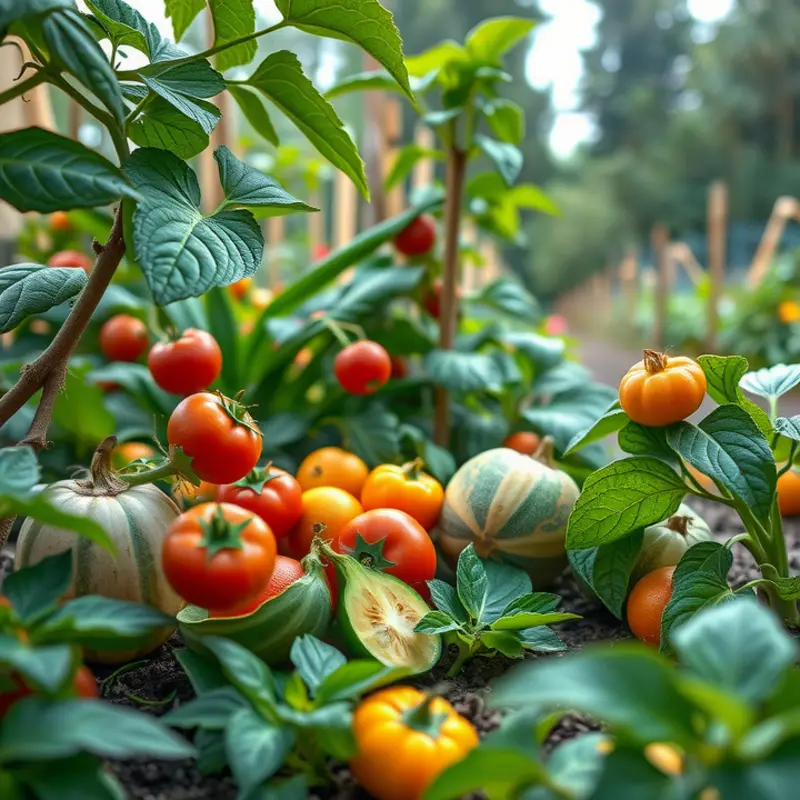Food has an incredible power to transport us to days gone by, evoking memories tied to moments of joy, comfort, and connection. This exploration of food nostalgia unravels the relationship we have with our past meals, offering insight on how to use those cherished memories to enhance our emotional health. By recognizing the significance of food in shaping our identities and experiences, we can navigate our eating habits with mindfulness and intention.
Unpacking Memories: The Emotional Weight of Food

Food carries more than just nutritional value; it often serves as a time machine that can transport us back to cherished moments. A simple dish may evoke the warmth of a grandparent’s kitchen or the joy of childhood celebrations. These food memories are potent, anchoring us to our past and weaving comfort into the fabric of our daily lives.
Our brains catalog these memories, associating them with the flavors and aromas that were present during those experiences. As a result, certain foods can trigger nostalgia, allowing us to relive positive emotions. For instance, the smell of cinnamon might remind someone of holiday mornings, fostering a sense of comfort and joy in today’s world.
However, the emotional weight of food isn’t always light. Food can also revive memories tied to negative experiences or unhealthy eating habits. A particular dish might recall familial tensions during meal times or stress-induced eating. Such associations may lead to emotional eating, where food becomes a source of temporary solace rather than nourishment.
Understanding the duality of food nostalgia is crucial. While positive food memories can enhance our emotional well-being, negative associations may require mindful navigation. Recognizing the context in which these memories formed helps us understand their current impact on our eating habits.
One technique to navigate food nostalgia is through mindful reflection. This involves identifying and savoring the positive feelings brought about by certain foods, while consciously addressing and reframing those that are less helpful. By examining the circumstances surrounding these memories, one can reshape the narrative, replacing negative emotions with healthier perspectives.
For those who find themselves reaching for comfort foods when stressed or upset, integrating mindful eating practices can be beneficial. This approach encourages us to pay full attention to the act of eating, noticing the flavors, textures, and thoughts that arise without judgment. With time, this practice can help distinguish between true hunger and emotional cravings, reducing the reliance on food for emotional comfort.
The journey of unpacking food memories also opens doors to explore new culinary experiences. By discovering ingredient substitutions or adopting global cuisines, individuals may find that new flavors can become part of their current heritage, without the emotional baggage of the past. For tips on flavor exploration without compromising health, consider exploring new flavors and alternatives, such as those outlined here.
Ultimately, navigating food nostalgia with mindfulness not only enhances our relationship with food but also supports healthier emotional eating habits. By embracing the warmth and joy of positive food memories and learning to manage those with negative associations, we can nourish both body and soul, creating a balanced and fulfilling culinary journey.
Mindful Eating: Merging Past with Present

Integrating cherished food memories into our current eating habits can cultivate a deeper connection to both our past and present selves. Mindful eating invites us to honor these memories by experiencing our meals fully, from preparation to the final bite. The sensory process of cooking and eating becomes a bridge that connects us to simpler times, nurturing our emotional health in the process.
Start by identifying which flavors and dishes evoke cherished memories. It might be your grandmother’s apple pie or the homemade pasta from childhood Sundays. Jot down these memories and treasure them as inspirations for your culinary explorations.
When you’re ready to transform memory into practice, engage all of your senses. Begin with the ingredients: notice their colors, textures, and aromas as you prepare them. If you’re recreating a dish like a family stew, focus on each step, relishing the gradual release of its aroma as it simmers. Here, the key is presence—a conscious immersion in the moment that brings the past to life.
Sometimes, we might want to merge nostalgia with healthier choices. This doesn’t mean stripping away the essence of the dish. Instead, embrace the challenge of maintaining the heart of the recipe while making mindful adjustments. For instance, if sugar-filled desserts are a nostalgic favorite, try using naturally sweet alternatives like honey or dates.
Practicing mindful eating also involves paying attention to how we eat. Slow down and savor each bite. Notice the texture of the food, how the flavors evolve, and the warmth it brings to your body. This focus not only enhances enjoyment but can also help in recognizing fullness cues, preventing overindulgence, and promoting a healthier relationship with food.
To sustain mindful eating, involve your community. Share your recreated dishes with family and friends, and invite them to share their own food memories. This can be an enriching experience, highlighting the shared cultural and familial heritage that food embodies.
Additionally, you might consider exploring how you can reinvent traditional recipes using new, eco-friendly ingredients. This not only honors the flavors you love but also supports sustainability. For tips on smart ingredient choices and sustainable cooking, you can visit eco-smart kitchen storage.
Mindful eating is a powerful tool for nurturing a holistic connection with our heritage. By immersing ourselves in the enjoyment and preparation of food, we create a tapestry that celebrates who we were, who we are, and who we aspire to be.
Final words
Embracing the duality of food nostalgia can empower you to shift your relationship with eating. By appreciating how our past shapes our current habits, we can forge healthier paths forward. The beauty of food lies not only in nutritional value but also in its ability to connect us to our loved ones and treasured memories. Mindful eating practices that honor our heritage can enhance emotional health, providing a foundation for nurturing our well-being. So, as you savor each bite, let your food not just nourish your body but also enrich your spirit.







